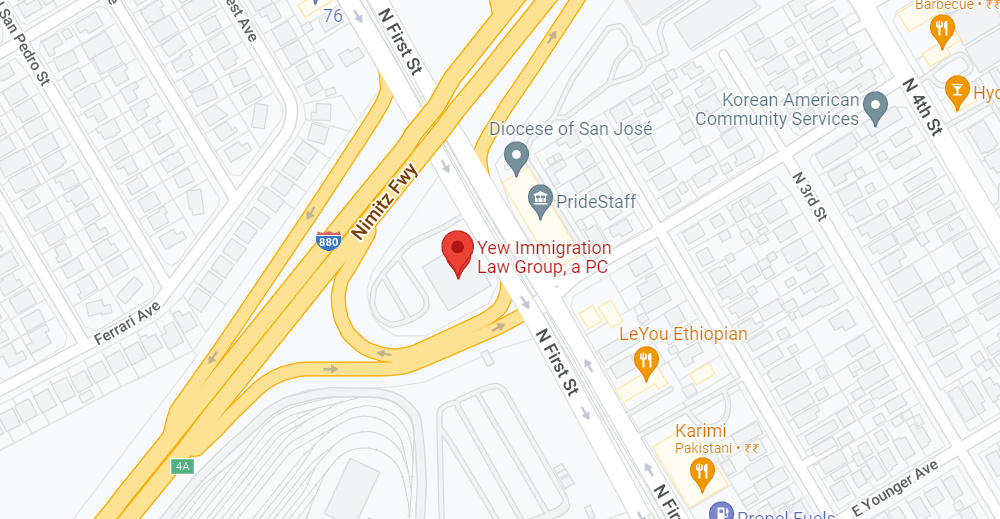Becoming a U.S. citizen is a dream for many people around the world. It takes a degree of planning and a certain amount of luck, in some cases. Before you begin your citizenship journey, be aware of the steps usually involved:
- Obtain an immigrant visa
- Become a lawful permanent resident
- Wait 5 years (3 if marrying a U.S. citizen) while remaining physically present in the U.S. for at least 30 months
- Meet certain criteria
- Take a U.S. citizenship test and the oath of allegiance
Step 1: Obtain an immigrant visa
The United States offers two main types of visas: immigrant and non-immigrant. Only immigrant visas allow you to pursue lawful permanent residency and, ultimately, citizenship. There are several types of immigrant visas to the U.S., based on family ties, some types of employment, adoption, special immigrant status or the annual diversity visa lottery.
Here are examples of people who can apply for immigrant visas:
- Fiancés/fiancées of U.S. citizens
- Spouses and certain other family members of U.S. citizens
- Adopted children of U.S. citizens
- Close family members of lawful permanent residents (green card holders)
- Certain workers, as determined by preference categories
- Religious workers
- Former U.S. government employees from Iraq and Afghanistan
- People who win the diversity lottery
These visas sometimes have numerical caps, meaning there is a limit on how many will be offered each year. Additionally, there may be limits on how many visas can be allotted to residents of a particular country.
Step 2: Obtain a green card
Once you have obtained an immigrant visa, you will need to become a lawful permanent resident (green card holder). In order to do so, you will need to meet the eligibility criteria under one of the green card eligibility categories:
- Family – immediate relatives of U.S. citizens and green card holders, some other relatives
- Specific types of employment
- Investment
- Special immigrant status
- Refugee or asylee status
- Crime or human trafficking victim status
- Victim of domestic abuse
- Diversity visa or other special categories
- Registry (if you have lived continuously in the U.S. since before Jan. 1, 1972)
The process differs depending on whether you are currently in the U.S. when you apply. You will have to fill out a form I-485, supply evidence and supporting documentation, and pay a filing fee.
Step 3: Live as a lawful permanent resident
In most cases, you will need to live as a lawful permanent resident for five years before you can become a citizen. However, spouses of U.S. citizens only need to wait three years. During this period, you will need to learn English, U.S. history and the principles of democracy in the U.S. You should commit no crimes and build a record of good moral character.
Step 4: Meet the criteria for U.S. citizenship
In order to become a U.S. citizen, you must meet these criteria in addition to being a lawful permanent resident:
- Be at least 18
- Have resided in the U.S. for at least 30 months
- Be of good moral character
- Be able to speak, read, write and understand English
- Have an understanding of U.S. history and the principles of U.S. democracy
- Demonstrate attachment to the principles of the U.S. Constitution and that you are well-disposed toward the good order and happiness of the U.S.
Step 5: Apply for citizenship
- Submit a complete Form N-400 application and all required supporting documentation, along with a fee
- Go through an interview with a USCIS officer
- Attend your naturalization ceremony and take the U.S. Oath of Allegiance
If you’re ready to get started, contact Yew Immigration Law Group. We have years of experience helping people immigrate to the U.S.











